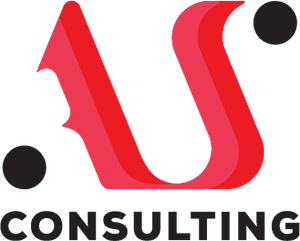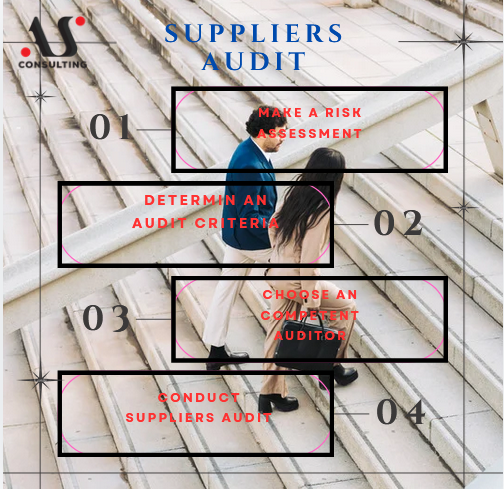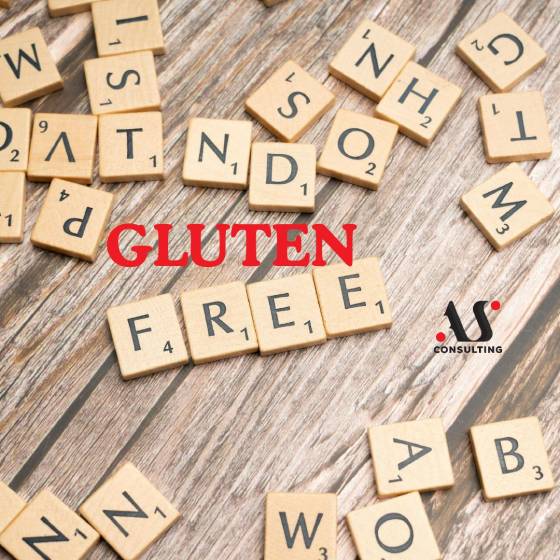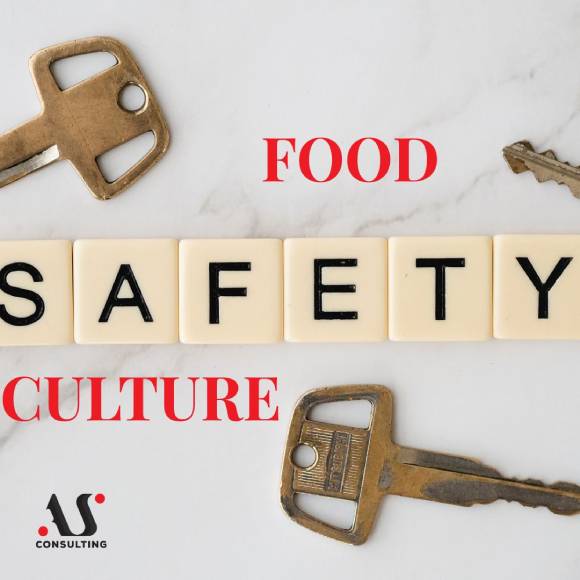
MAINTENANCE AND EQUIPMENT IN THE FOOD INDUSTRY
September 18, 2024
What Is Causing the Increase in Food Product Recalls?
October 30, 2024There is often confusion regarding the terms “customer audit” and “supplier audit.” With a slight change in terminology, it becomes clearer that these are two different types of audits: “audits by customers” and “supplier evaluations.” It is now clear that in the first case, the customer evaluates our company, while in the second case, we evaluate our suppliers.
We discussed customer audits in our text from July 21, 2024, which you can read at: https://asconsulting.rs/auditi-kupaca/. We hope the first term has been clarified 😊
Now, let’s clarify what a supplier audit is 😊
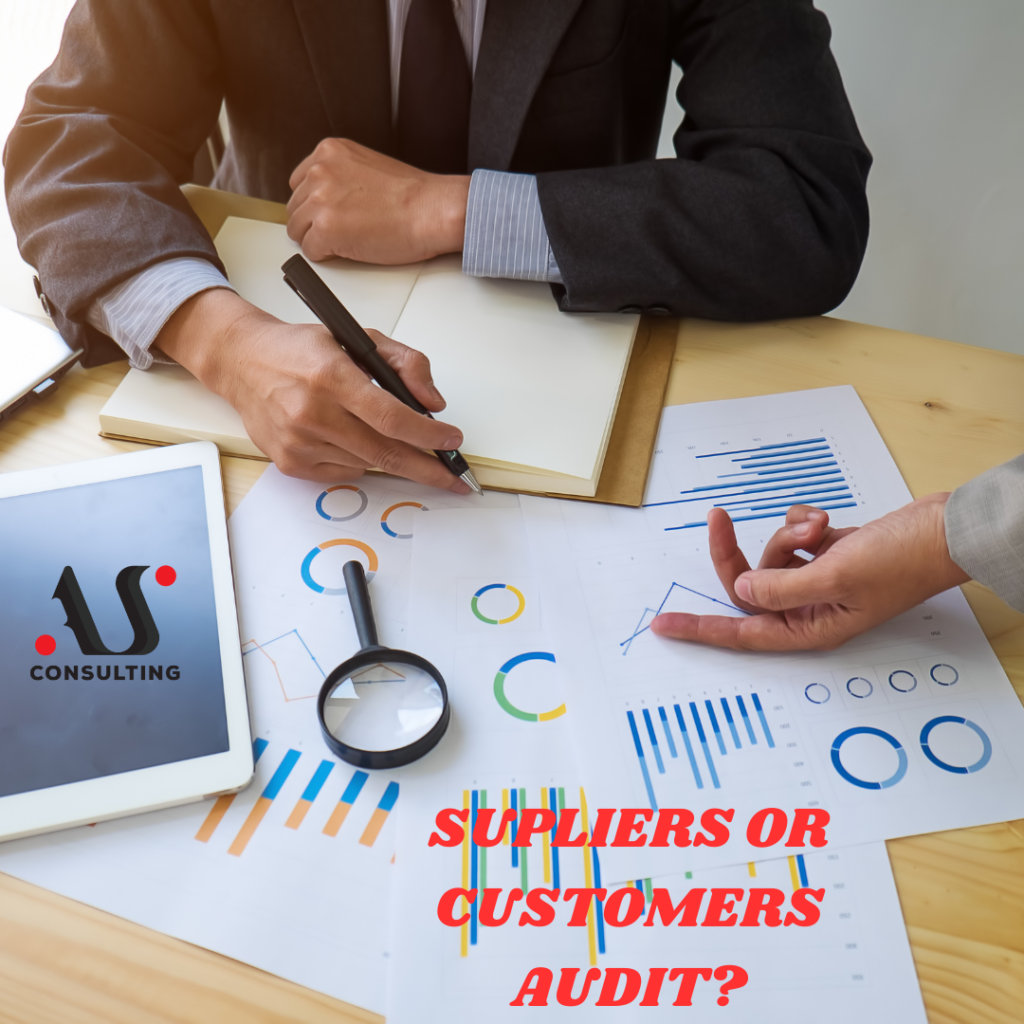
What is an audit? According to the BRC food standard definition, an audit is defined as: “A systematic examination to measure the conformity of practice with a predetermined system, as well as whether the system has been effectively implemented and is suitable for achieving objectives, carried out by certified bodies.”
Alternatively, a more widely known definition from ISO 9001:2018 states that an audit is “a systematic, independent, and documented process for obtaining objective evidence and its objective evaluation to determine the extent to which audit criteria are fulfilled.”
What is a supplier audit? A supplier audit is a verification process through which a company determines the ability of a supplier to deliver products and/or services according to the requirements of: standards, industry regulations and practices, legal requirements, contracts, and internal company requirements.
The purpose is certainly to identify non-conformities and shortcomings in the management system, but in the sense of jointly moving towards improvements and building good partnership relationships.
Why do we evaluate suppliers? The purpose of supplier evaluation is:
- To determine the supplier’s ability to meet product requirements.
- To determine the supplier’s ability to meet production requirements.
- To maintain an effective management system.
In short, every company strives to eliminate all potential hazards to processes/products, which is why it is crucial to have reliable suppliers that minimize risks to processes/products.
How are suppliers evaluated? Methods of evaluating suppliers include:
- Self-assessment of new or existing suppliers according to established procedures and criteria deemed relevant by the company.
- Evaluation based on questionnaires completed by suppliers.
- Conducting supplier audits.
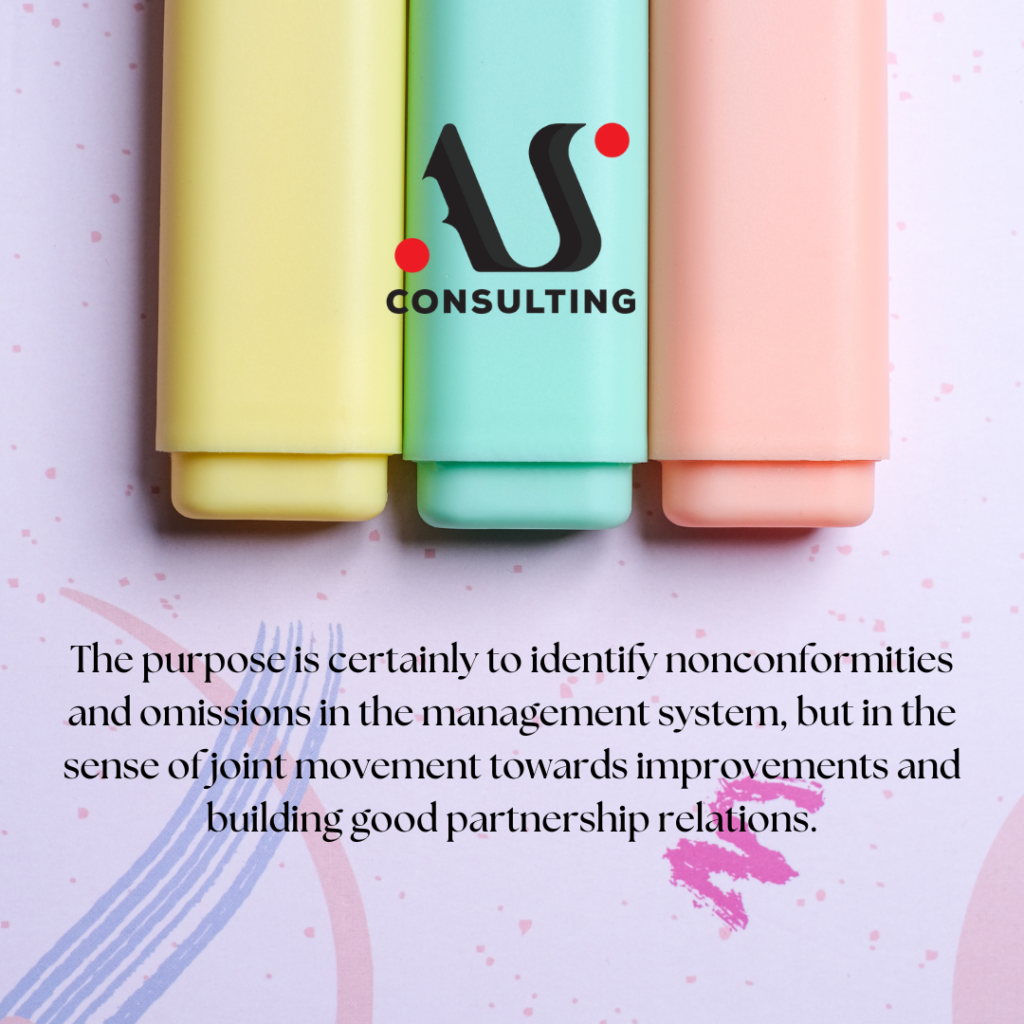
What determines whether a company should conduct supplier audits?
This is determined by:
- The requirements of the management system standards the company applies.
- Risk analysis regarding the raw materials/services the company obtains from a particular supplier.
- Industry regulations and practices.
- Legal requirements.
- Contractually defined requirements.
- Internal company requirements and procedures.
What types of supplier audits exist?
- Announced audit: The company conducting the audit and the audited company agree on the date and time of the verification in advance.
- Unannounced audit: The audited company is not informed about the date and time of the verification.
- Desktop audit (online audit): This type of audit does not require on-site inspection but focuses on the supplier’s documentation and certificates to ensure they remain current and accurate.
- System audit: This type of audit involves reviewing the supplier’s quality system to confirm it meets the organization’s or industry’s requirements. It usually analyzes the development, documentation, and implementation of these systems.
- Process audit: This type of verification investigates the process in which people, materials, and machines or equipment work together to produce a product. The auditor compares this process and the final product with written procedures, work instructions, and manufacturing standards guiding the product creation process.
- Product audit: This verifies the final product and its appearance, dimensions, and continuity before it is shipped to customers and consumers. This audit analyzes the reliability, effectiveness, and compliance of both the product and its manufacturing process.
What is required to conduct a supplier audit?
- Conduct a risk analysis: This does not mean that all suppliers must be audited, nor that all suppliers should be checked at the same frequency. The first step for a company is to perform a hazard analysis (e.g., for raw material suppliers: which raw material poses a risk based on safety, potential for food fraud, etc.).
- Determine verification criteria: According to the requirements of specific standards, company requirements, etc.
- Identify a competent auditor (or audit team): Depending on the verification criteria, the company determines a competent auditor, which could be an internal employee or an external expert.
- Create an audit plan: Develop a schedule for the audit, assign tasks to team members, and prepare questionnaires/checklists for the audit.
- Conduct the audit: online or onsite.
- Present the audit findings to the audited company.
And remember: an audit should not be seen as a means of coercion, punishment, or threat; rather, it should represent an opportunity for improvement for both the audited company and the auditing company.
If you need competent auditors to conduct professional and objective supplier evaluations, feel free to contact our agency for assistance!!!
